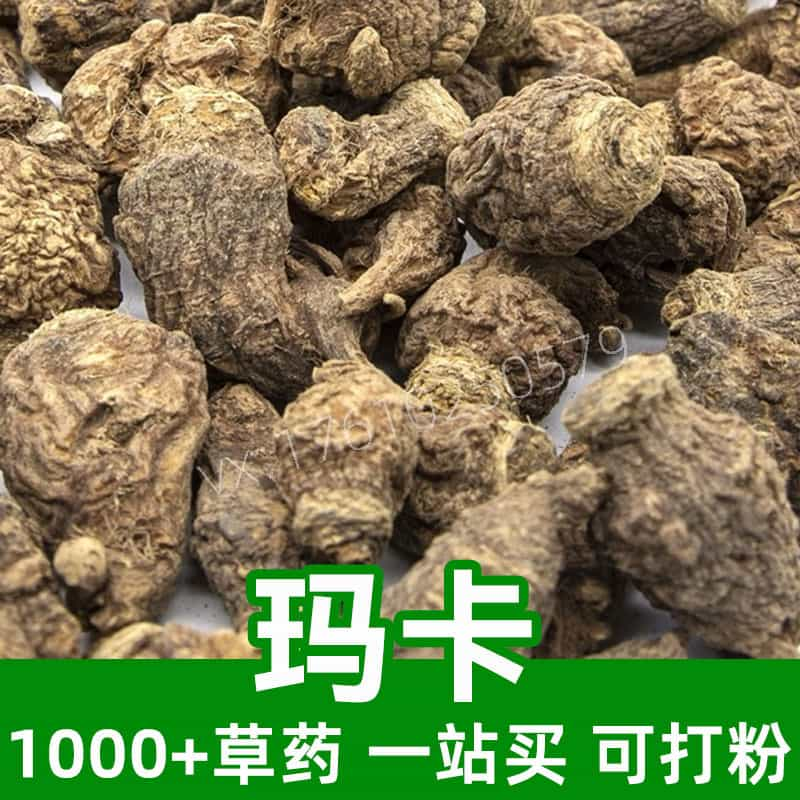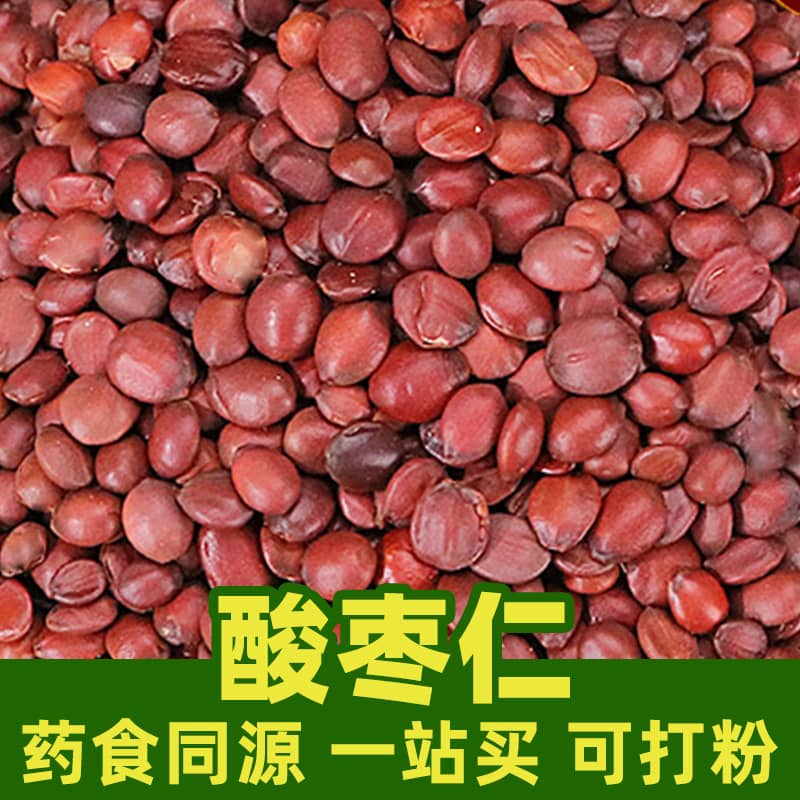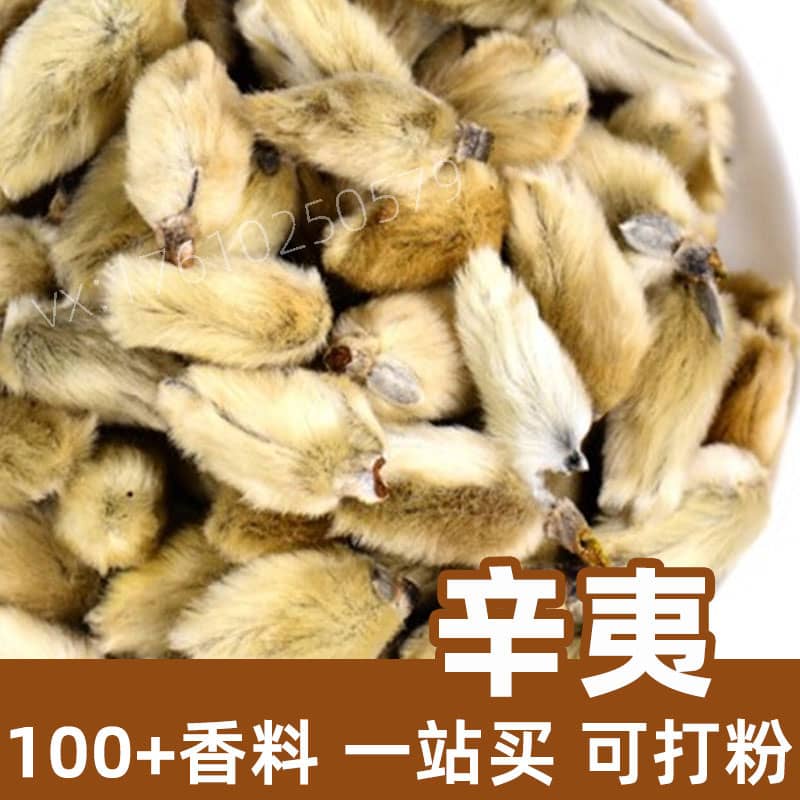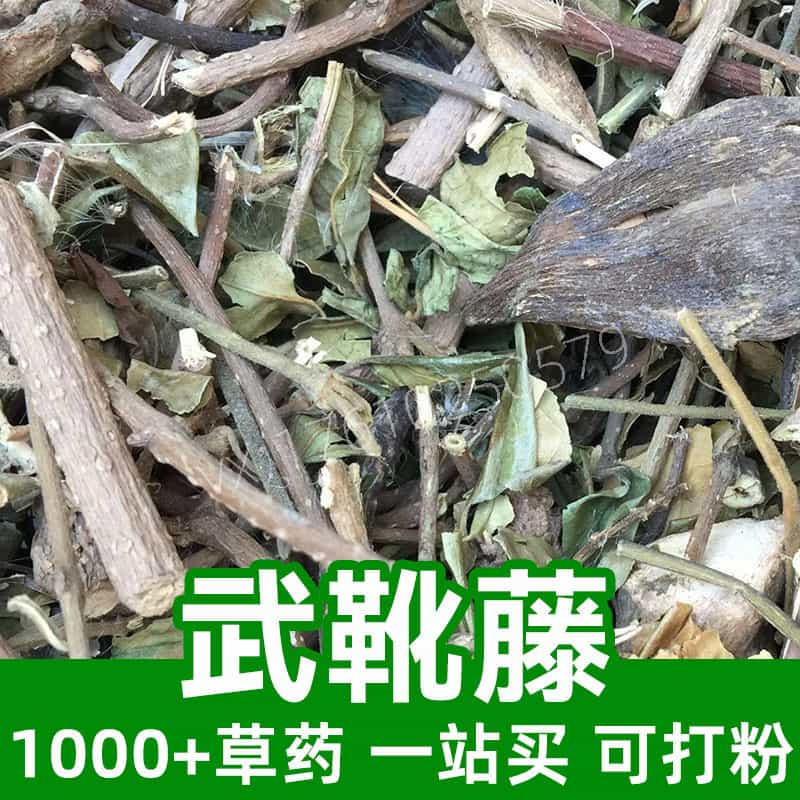Introduction to Deer Antler Products
Deer antlers are bony substances grown by male deer during the growth period and are a precious traditional Chinese medicinal material and tonic. Their main components include proteins, amino acids, minerals, bone collagen, and growth factors. Deer antlers have received much attention due to their unique shape and rich nutritional content.
The history of deer antlers can be traced back to ancient traditional Chinese medical literature, where they are considered to have the effects of nourishing the liver and kidney, strengthening muscles and bones, and enhancing yang energy. Ancient physicians regarded deer antlers as high-quality tonics, often used to treat symptoms such as kidney deficiency, weak waist and knees, and erectile dysfunction.
In modern times, deer antlers are widely used in the fields of traditional Chinese medicine, health products, and food. As a traditional Chinese medicinal material, deer antlers are commonly used to make tonifying drugs, such as velvet antler and deer antler capsules, for regulating kidney yang, strengthening muscles and bones, and nourishing yin and blood. In health products and food, deer antlers are often added as functional ingredients to improve the nutritional value and efficacy of products.
In summary, as a traditional tonic, deer antlers have a long history and rich nutritional content, and are widely used in the fields of traditional Chinese medicine, health products, and food, mainly for nourishing and strengthening the body, enhancing physical fitness, and improving health.
Main Effective Ingredients of Deer Antler
Deer antlers are bony substances grown by male deer during the growth period, containing rich nutritional components and considered to have multiple effects. Its main effective ingredients include proteins, amino acids, minerals, bone collagen, and growth factors.
- Proteins: Deer antlers contain abundant proteins, which are one of the main components. These proteins play an important nutritional role in the human body, providing necessary amino acids to help maintain normal bodily functions.
- Amino Acids: Deer antlers are rich in various amino acids, including essential and non-essential amino acids. These amino acids are important components of human proteins, with functions such as promoting metabolism and enhancing immunity.
- Minerals: Deer antlers contain rich minerals, such as calcium, phosphorus, magnesium, etc., which play an important role in maintaining human bone health, neuromuscular function, and other aspects.
- Bone Collagen: Deer antlers contain a large amount of bone collagen, a connective tissue protein that plays an important role in maintaining skin elasticity and joint health.
- Growth Factors: Deer antlers contain various growth factors, such as growth hormone, bone formation growth factor, etc., which play an important role in promoting cell proliferation and repairing tissue damage.
These components make deer antlers have multiple effects and are considered a precious traditional Chinese medicinal material and tonic. Its effects include nourishing kidney yang, strengthening muscles and bones, replenishing deficiency and essence, and enhancing yang energy, commonly used in the field of traditional Chinese medicine and health products. In modern scientific research, deer antlers have also been found to have anti-fatigue, improve immunity, promote growth and development, and other effects, so they have been widely used in health products and drugs.
Application Scenarios and Dosage of Deer Antler
As a precious traditional Chinese medicinal material and tonic, deer antlers have a wide range of applications in the fields of traditional Chinese medicine and food. The following are detailed introductions to their application scenarios and dosage:
- Nourishing Kidney Yang: Deer antlers are considered to have the effects of warming and nourishing kidney yang, enhancing yang and benefiting essence in traditional Chinese medicine. It is commonly used to treat symptoms such as weakness of kidney yang, erectile dysfunction, and premature ejaculation.
- Strengthening Muscles and Bones: Deer antlers contain abundant proteins, amino acids, and minerals, which help strengthen bones and enhance muscle strength, commonly used to treat diseases such as osteoporosis and arthritis.
- Replenishing Deficiency and Essence: Deer antlers have the effects of replenishing deficiency and nourishing essence and blood, suitable for symptoms such as weak constitution, insufficient qi and blood, and pale complexion.
- Enhancing Yang Energy: Deer antlers are considered to be able to enhance male sexual function and improve the quality of sexual life, commonly used to treat male sexual dysfunction such as erectile dysfunction, premature ejaculation, and infertility.
- Improving Immunity: Deer antlers contain various growth factors and immunomodulatory substances, which help improve the body's immunity and prevent infections and diseases.
In the field of traditional Chinese medicine, deer antlers are mainly used in the form of powder, tablets, tinctures, and ointments, often combined with other traditional Chinese medicines to enhance efficacy. The specific usage and dosage are as follows:
- Deer Antler Powder: 10-15 grams per time, can be mixed with warm water or hot milk to take orally, 2-3 times a day.
- Deer Antler Tablets: 2-3 tablets per time, taken orally with warm water after meals, 2-3 times a day.
- Deer Antler Tincture: 15-30 milliliters per time, can be mixed with warm water to take orally, 2-3 times a day.
- Deer Antler Ointment: Applied externally to the affected area, used according to doctor's instructions.
In the food field, deer antlers are commonly used as raw materials for health foods, made into products such as velvet antler wine and velvet antler tablets for people to consume and nourish.
In summary, as a precious traditional Chinese medicinal material, deer antlers have multiple effects and have important application value in the fields of traditional Chinese medicine and food. In the process of use, it should be reasonably used according to individual constitution and specific conditions, following medical advice to avoid excessive or improper use.
Introduction, Distribution, and Growth Environment of Deer Antler Source Plants
Deer antlers refer to the antlers of male deer (such as sika deer, red deer, etc.) during the growth period, which are precious traditional Chinese medicinal materials and tonics. The following is detailed information about the source plants of deer antlers, distribution, and growth environment:
- Plant Introduction: Deer antlers are not plants but come from the antlers of male deer, so there is no specific botanical description. Among deer animals, male individuals grow and mature antlers during the growth period, forming hard deer antlers.
- Distribution: Deer antler animals are mainly distributed in forest, grassland, mountain, and other environments around the world. Among them, North American elk, European sika deer, Asian musk deer, and other deer animals are widely used for collecting deer antlers.
- Growth Environment: The environments where deer antler animals live are usually temperate and cold forests, grasslands, and mountains. They like to live in quiet environments with abundant water and grass and dense vegetation to facilitate foraging and shelter.
- North American Elk (White-tailed Deer): Widely distributed in North America, including forests and grasslands in Canada, the United States, Mexico, and other regions. They feed on various plants and like to live in open grasslands and forest edges.
- Sika Deer: Mainly distributed in various habitats in Europe, Asia, and Africa, including forests, grasslands, and mountains. They usually live at high altitudes, feeding on herbs, leaves, and branches.
- Musk Deer: Mainly distributed in forest and mountain areas in Asia, including China, Japan, Korea, and other places. Musk deer like to live in mountain forests, feeding on herbs, leaves, and buds.
- Ecological Habits: Deer animals are typical herbivores, feeding on various herbs, leaves, and tender shoots. They are usually active in the morning and evening and rest in trees or bushes during the day.
- Breeding Season: The breeding season of deer animals is usually in autumn or winter, and the growth speed of male individuals' antlers accelerates during the breeding season, forming hard deer antlers.
In summary, deer antlers come from deer animals distributed all over the world, living in diverse forest, grassland, and mountain environments, feeding on various herbs, with accelerated antler growth of male individuals during the breeding season, forming precious deer antlers.
Deer Antler Harvesting, Processing, and Storage and Preservation
The harvesting, processing, and storage and preservation of deer antlers are crucial for maintaining their medicinal value. The following is detailed information about deer antler harvesting, processing, and storage and preservation:
- Harvesting: The collection of deer antlers is usually carried out after the deer animals shed their antlers. Deer animals usually shed their antlers in spring or summer every year, so this period is the best time to collect deer antlers. When collecting, clean and complete deer antlers should be selected to avoid damaged or diseased parts.
- Processing: The collected deer antlers need to be processed to ensure their quality and medicinal effects. First, the deer antlers need to be cleaned and the hair and dirt on the surface removed. Then, the deer antlers can be dried in the sun or dried to remove excess moisture. Finally, the deer antlers are cut or ground for making medicinal materials or drugs.
- Storage and Preservation: The storage and preservation of deer antlers are crucial, and the following measures can be taken:
- Dry Storage: Place the processed deer antlers in a ventilated and dry place, protected from direct sunlight and humid environments.
- Sealed Storage: Deer antlers can be placed in sealed bags or containers to prevent the invasion of moisture and dust.
- Avoid High Temperature: Deer antlers are easily affected by heat and deteriorate, so they should be avoided from being stored in high-temperature environments.
- Moisture-proof and Damp-proof: In humid seasons or environments, dry agents or moisture-proof bags can be used to keep the deer antlers dry.
- Precautions: During the storage and preservation process, it is necessary to regularly check the status of the deer antlers to ensure that there is no mold or deterioration. Once abnormalities are found, they should be dealt with or replaced in time. In addition, as a medicinal material, deer antlers should be kept away from children and properly marked and stored to avoid accidental ingestion or misuse.
In summary, the harvesting, processing, and storage and preservation of deer antlers are key steps to ensure their medicinal value. Through correct processing and appropriate storage and preservation, the quality and efficacy of deer antlers can be maintained, allowing them to be preserved for a long time and play their effects.
Monica Sun is a seasoned expert in the natural raw materials industry, with over a decade of experience specializing in traditional Chinese medicinal herbs, spices, and fungi. She is skilled in the sourcing, processing, and application of these materials, emphasizing sustainability and innovation. Monica Sun has contributed to the development of high-quality natural raw materials that serve as essential components in functional foods, pharmaceuticals, and cosmetics, delivering tailored solutions to meet diverse market needs.
















